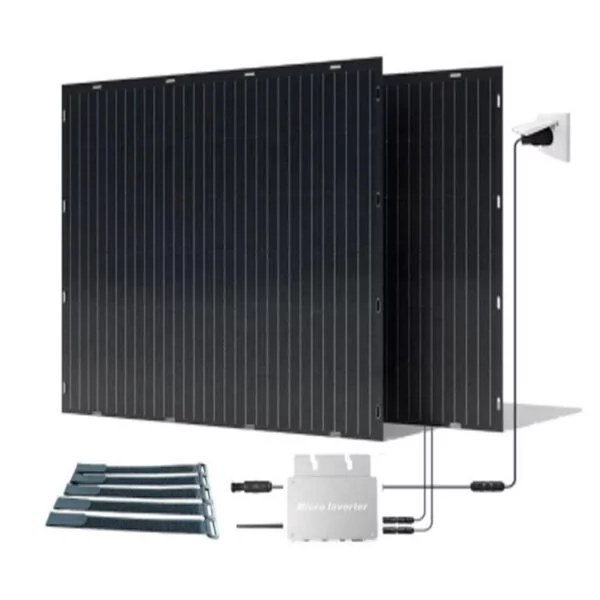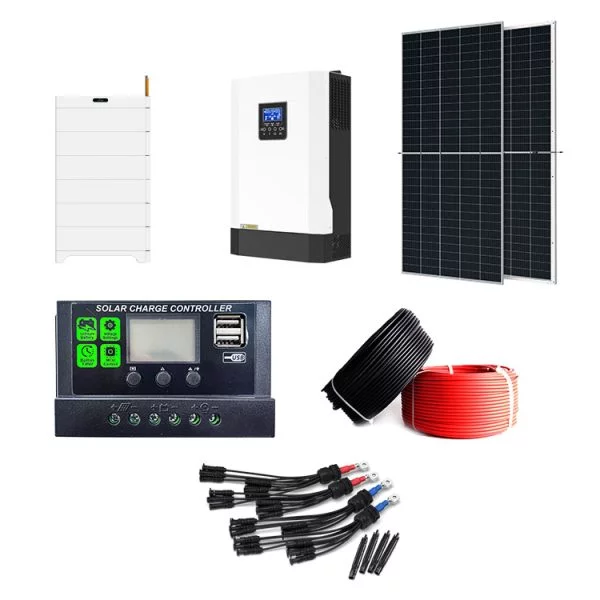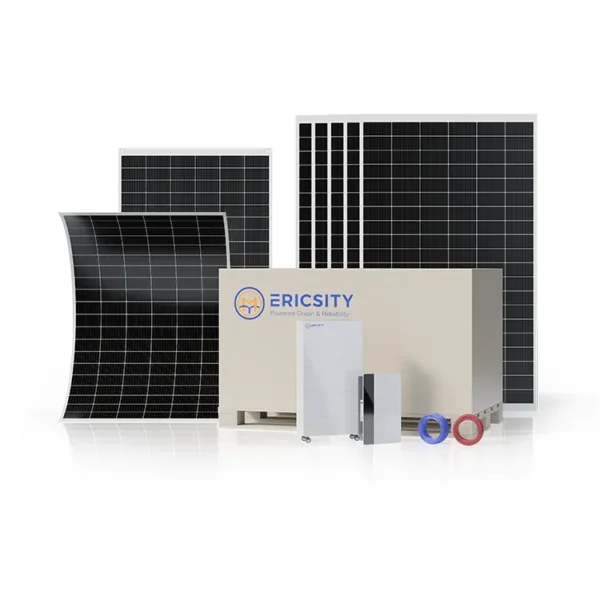HOT PRODUCT
Product Details
amorphous Solar Panels: A Renewable Energy Solution
Title: Amorphous Solar Panels: A Renewable Energy Solution
Introduction (80 words):
Renewable energy technologies have witnessed remarkable growth in recent years, and solar power is at the forefront. Amorphous solar panels, also known as thin-film solar panels, offer a promising solution to harness the power of the sun. This article delves into the various aspects of amorphous solar panels, exploring their composition, advantages, drawbacks, applications, and future prospects. With continuous innovation and technological advancements, amorphous solar panels have the potential to revolutionize the renewable energy landscape.
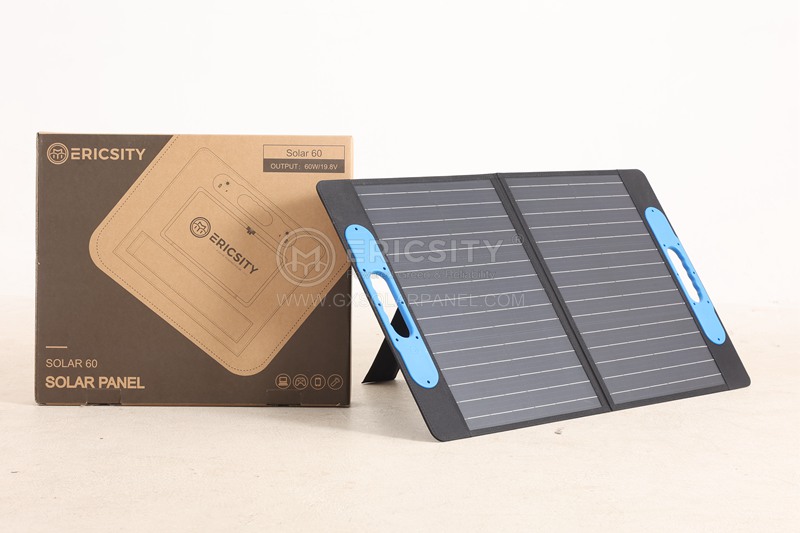
Composition and Working Principle (120 words):
Amorphous solar panels consist of a thin semiconductor layer sandwiched between glass, plastic, or metal. Unlike crystalline silicon solar panels, which use solid-crystal structures, amorphous panels incorporate thin-film deposition techniques. Typically made of silicon or a combination of various materials, this thin film allows for flexibility, making them suitable for curved or irregular surfaces. The amorphous layer absorbs photons from sunlight and generates a small electric current. While their efficiency is lower compared to crystalline silicon panels, amorphous panels excel in low light or shaded areas due to their ability to harness a broader range of the solar spectrum.

Advantages of Amorphous Solar Panels (140 words):
Amorphous solar panels offer several notable advantages. Firstly, their manufacturing process requires less energy compared to traditional crystalline silicon panels, resulting in a lower carbon footprint. Secondly, their flexibility allows for integration into various applications, including curved surfaces, building materials, or portable solar chargers. Furthermore, amorphous panels can effectively operate in low light conditions, making them suitable for regions with limited sunshine or partially shaded areas. This makes them a great alternative for urban environments. Lastly, amorphous panels have a shorter energy payback time compared to their crystalline counterparts, meaning they can offset the energy used during their production more quickly.
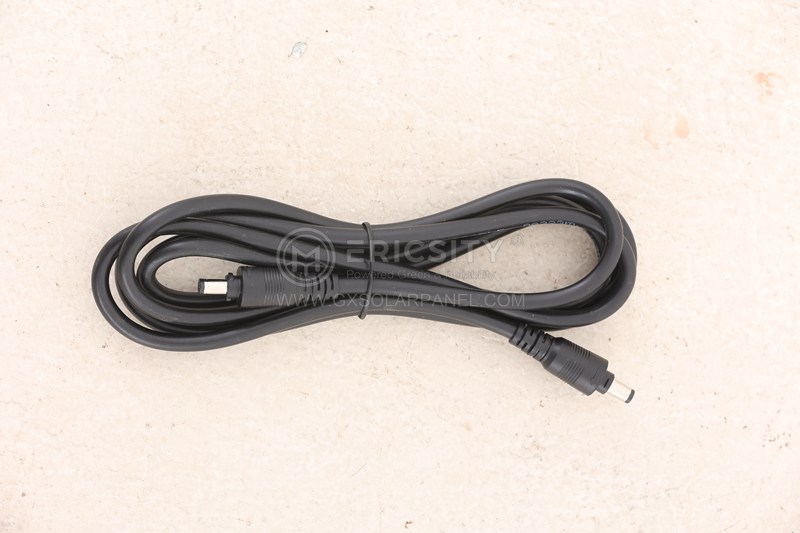
Drawbacks and Limitations (120 words):
Although amorphous solar panels have numerous advantages, they also come with some drawbacks. One major challenge is their lower efficiency compared to crystalline silicon panels. Currently, amorphous panels achieve around 10-12% efficiency, while crystalline silicon panels can reach up to 22%. Additionally, their degradation rate over time is higher, resulting in decreased performance. The larger surface area required also makes them less space-efficient. Despite these limitations, continuous efforts are being made by researchers and manufacturers to improve the efficiency and durability of amorphous solar panels to overcome these challenges.
Applications and Future Prospects (160 words):
Amorphous solar panels find applications in a wide range of sectors. Their flexibility and lightweight nature make them suitable for integration into building materials, such as solar windows or solar roof tiles. They can also be used in portable solar chargers, wearable electronics, or other consumer devices. As technology advances, amorphous panels can be customized to fit curved surfaces, electric vehicles, and even clothing, enabling solar-powered mobility and wearable technology.
Looking ahead, researchers are exploring ways to enhance the efficiency and stability of amorphous solar panels. By optimizing the materials used, improving manufacturing techniques, and applying anti-reflective coatings, higher conversion rates and longer lifespans can be achieved. Additionally, efforts are being made to reduce manufacturing costs, making solar power more affordable and accessible to a wider population. As the demand for renewable energy continues to grow, amorphous solar panels have the potential to play a significant role in the clean energy transition.
Conclusion (80 words):
Amorphous solar panels have emerged as a promising renewable energy solution, offering flexibility, lightweight design, and the ability to operate effectively in low-light conditions. Though their efficiency and performance have room for improvement, ongoing research and innovation aim to overcome these challenges. As we move towards a sustainable future, amorphous solar panels have the potential to transform the renewable energy landscape by integrating solar power into various applications, from building materials to portable devices, and powering the devices of tomorrow.


